During the MO Exhibition “From Within”, VU Researchers Conducted a Large-Scale Survey: Data Obtained Will Be Scientifically Analysed
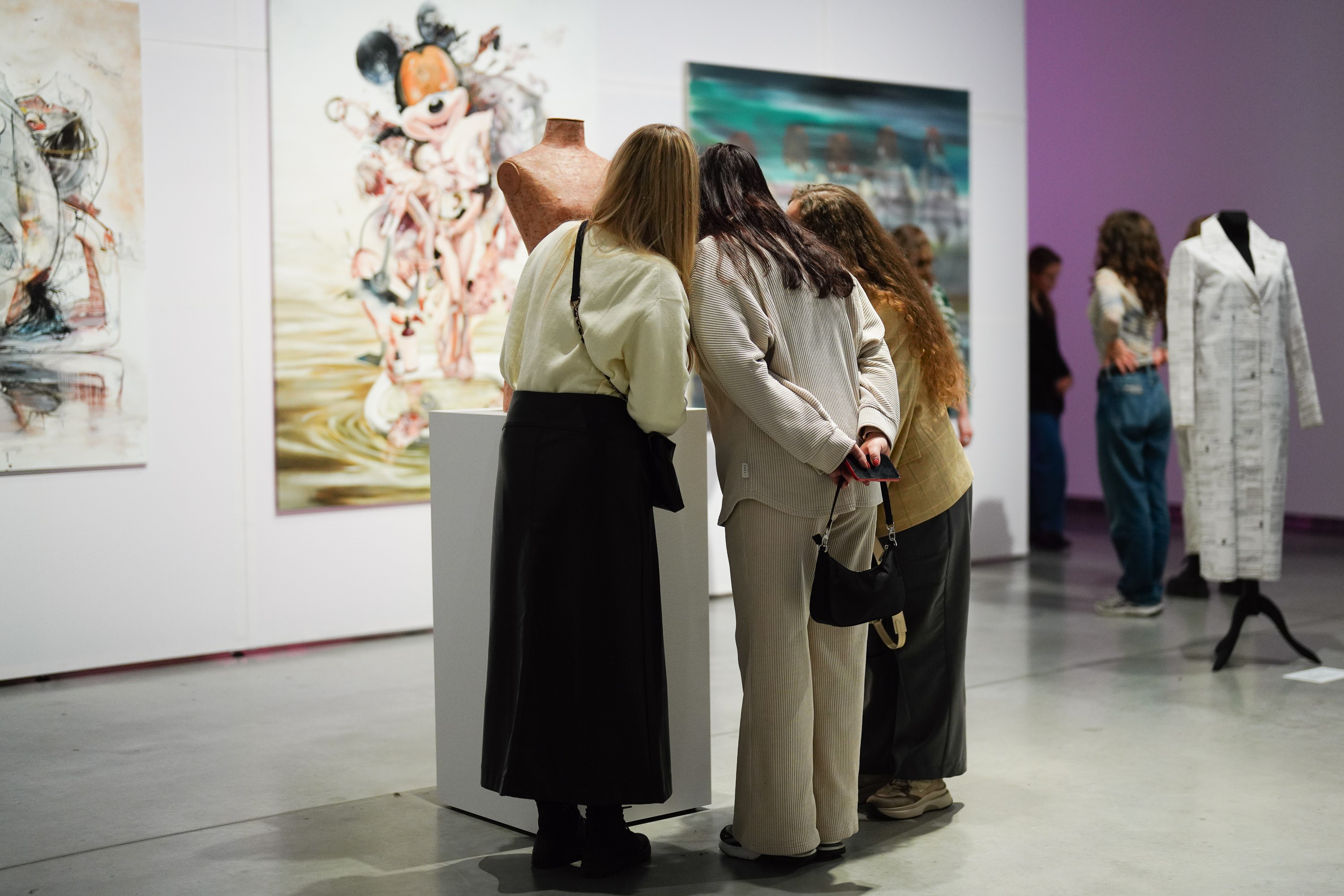 Exhibition “From Within”. Photo credit: MO museum
Exhibition “From Within”. Photo credit: MO museum
For almost a year, researchers at Vilnius University (VU) from the Faculty of Medicine have been working intensively at the “From Within” exhibition currently open at the MO Museum. They have collected an impressive amount of important data about the sense of wellbeing experienced by exhibition visitors. The exhibition is the first of its kind in Lithuania to combine art history and psychology. More than 2000 visitors have completed a questionnaire, thereby significantly contributing to future scientific studies in search of ways to combine the therapeutic effects of art through painting while raising existential questions associated with the quest for meaning in life.
The contents of the exhibition were shaped based on the Personality Structure Model of psychiatrist and psychoanalyst, Carl Gustav Jung and the therapeutic art vision of philosopher and writer, Alain de Botton to encourage visitors to reflect on the impact of objects d’art and delve deep into their emotional state to help analyse themselves. The “Thought Cloud” space installed at the end of the exposition created a special effect for the visitors – the possibility to sit down on a cloud, rest, stay for a while with their impressions, and experience how they are feeling. While in this space, where they were able to think, reflect, explore their emotions, feelings, and physical state as well consider their opinions in words, they were asked to complete a short questionnaire to provide feedback on the exhibition.
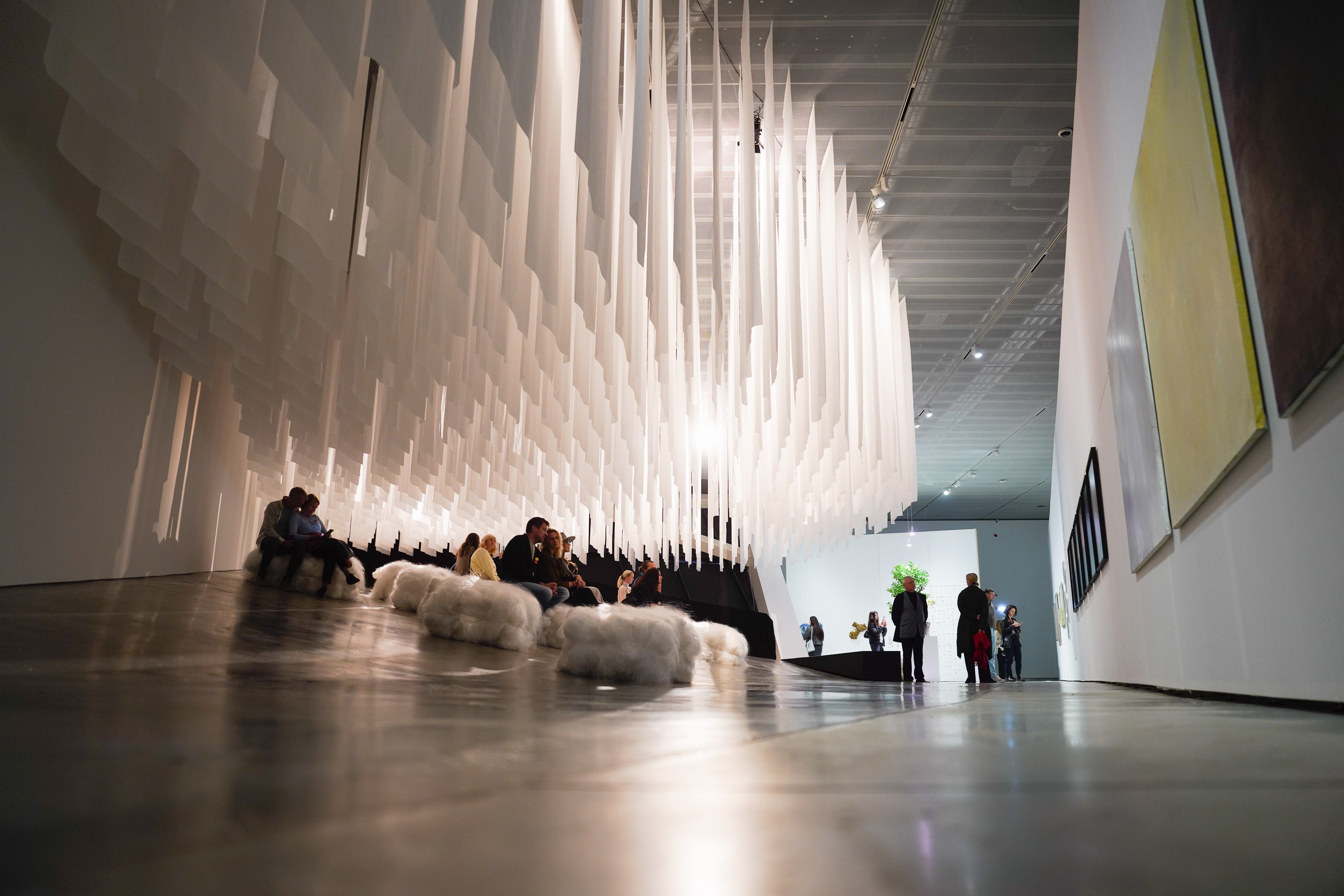 Exhibition “From Within”. Photo credit: MO museum
Exhibition “From Within”. Photo credit: MO museum
The team of VU Faculty of Medicine researchers comprise Prof. Sigita Lesinskienė (research coordinator and leader), Prof. Dalius Jatužis, Prof. Rūta Mameniškienė, Assoc. Prof. Odeta Kinčinienė, Lecturer, Dr Asta Dervinytė-Bongarzoni, resident physician, Austėja Voiniušytė, student of medicine, Izabelė Jūraitytė, and MO Museum curator, Dovilė Barcytė prepared exhibition visitors tablets containing the research survey and at the end of the exhibition, visitors were able to use them to complete the questionnaire.
According to the VU Faculty of Medicine’s Professor Lesinskienė, a museum is a great space for stopping and peacefully thinking over one’s impressions and feelings, while allowing oneself all the time needed. “I loved observing the visitors and exploring the surroundings of the exhibition. This is an entirely different space from the one, say, present in healthcare institutions: people walk around calmly, explore the paintings, speak to each other and interact. I realised that the museum opened up opportunities for the people to experience a therapeutic effect on a personal, social and public health level.” In general, according to Prof. Lesinskienė, people came to the exhibition with their spouses or partners, friends, or family members. Almost one fifth of the respondents attended the exhibition as part of a guided group, while some even visited several times. A number of respondents noted that having a guide extended their vision and understanding and this motivated them to come and see the exhibition again by themselves. “It was exciting to see some people coming to the exhibition to celebrate their personal occasions and inviting friends, loved ones or work colleagues to examine the exhibition more thoroughly with a guide. We also had many foreigners visiting the exhibition too – they were interested and almost always agreed to take part in our survey,” Prof. Lesinskienė said.
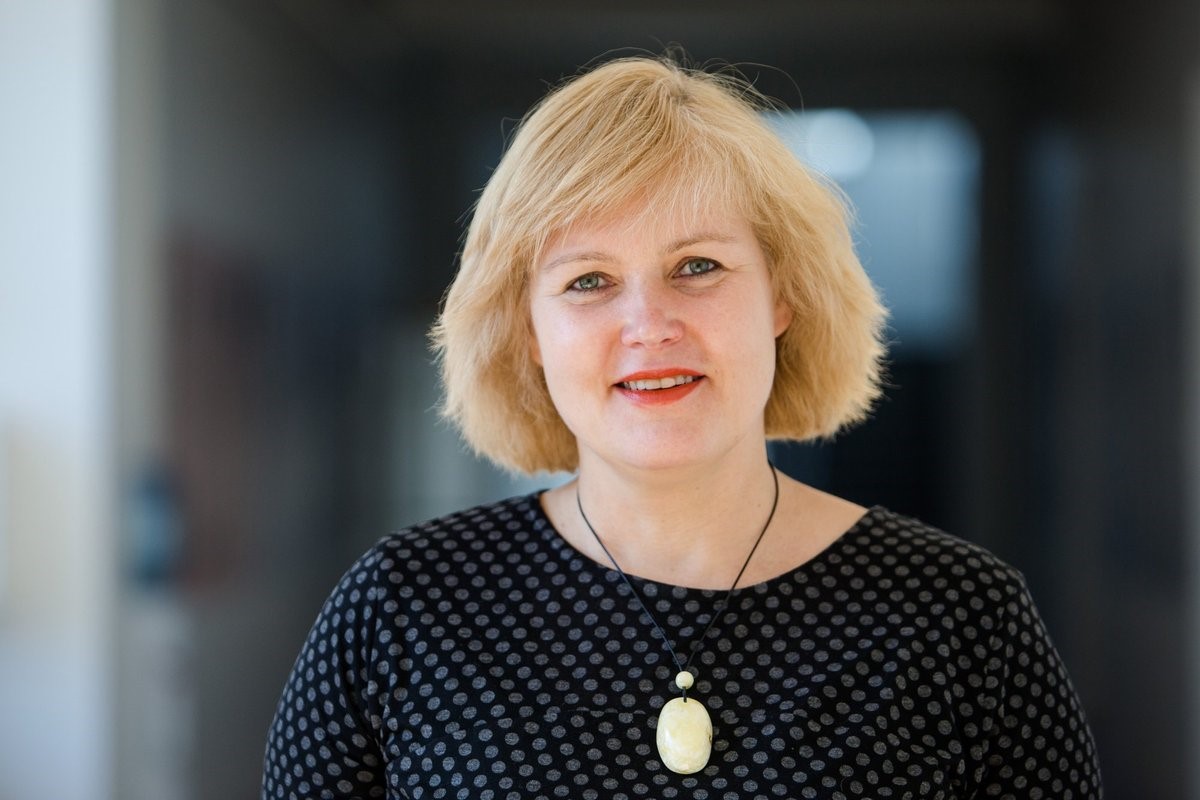 Prof. Sigita Lesinskienė. Photo credit: DELFI / Karolina Pansevič
Prof. Sigita Lesinskienė. Photo credit: DELFI / Karolina Pansevič
More than 2,000 people took part in the survey. Respondents were Lithuanians and foreign citizens from many countries from all over the world, including the USA, China, Singapore, the Republic of South Africa, Great Britain, France, and Germany. Most of them were aged 16–36 and the majority had higher education. Those who took part in the survey represented a broad cross-section of society in terms of gender.
The respondents were asked to evaluate how they felt before and after the exhibition. The results revealed an obvious positive effect: after visiting the exhibition, people felt better, more elated, and inspired. In particular, this was reflected in the middle age groups; however, more positive emotions were experienced by all age groups. Interestingly, after the exhibition, many visitors noted an improved mood as well as a better physical state.
Besides visitors’ overall emotional state, the research examined how the exhibition affected a visitor’s body – whether they experienced any emotional or physical changes or reactions of certain body parts. The findings revealed that after the exhibition, the majority of respondents felt more relaxed. Some of them mentioned an increase in energy, slight tension or fatigue. In addition, others mentioned such sensations as sleepiness, hunger or headache. Generally, the sensation of changed feelings occurred in the head and neck area. Although in museums, so called “museum fatigue” is quite a frequent occurrence, only a small number of respondents referred to leg tiredness. Interestingly, participants with higher education more often tended to refer to sensations in their chest, stomach, and shoulder areas, and visitors from different age groups mentioned quite similar sensations. Females tended to refer to their head and neck area more frequently, whereas men mentioned the stomach area. Furthermore, it was noted that the context for the visit also had some influence on the state: those who came alone more often felt changed sensations in their chest, while those who came with friends or as a part of group – experienced sensations in their head and neck areas.
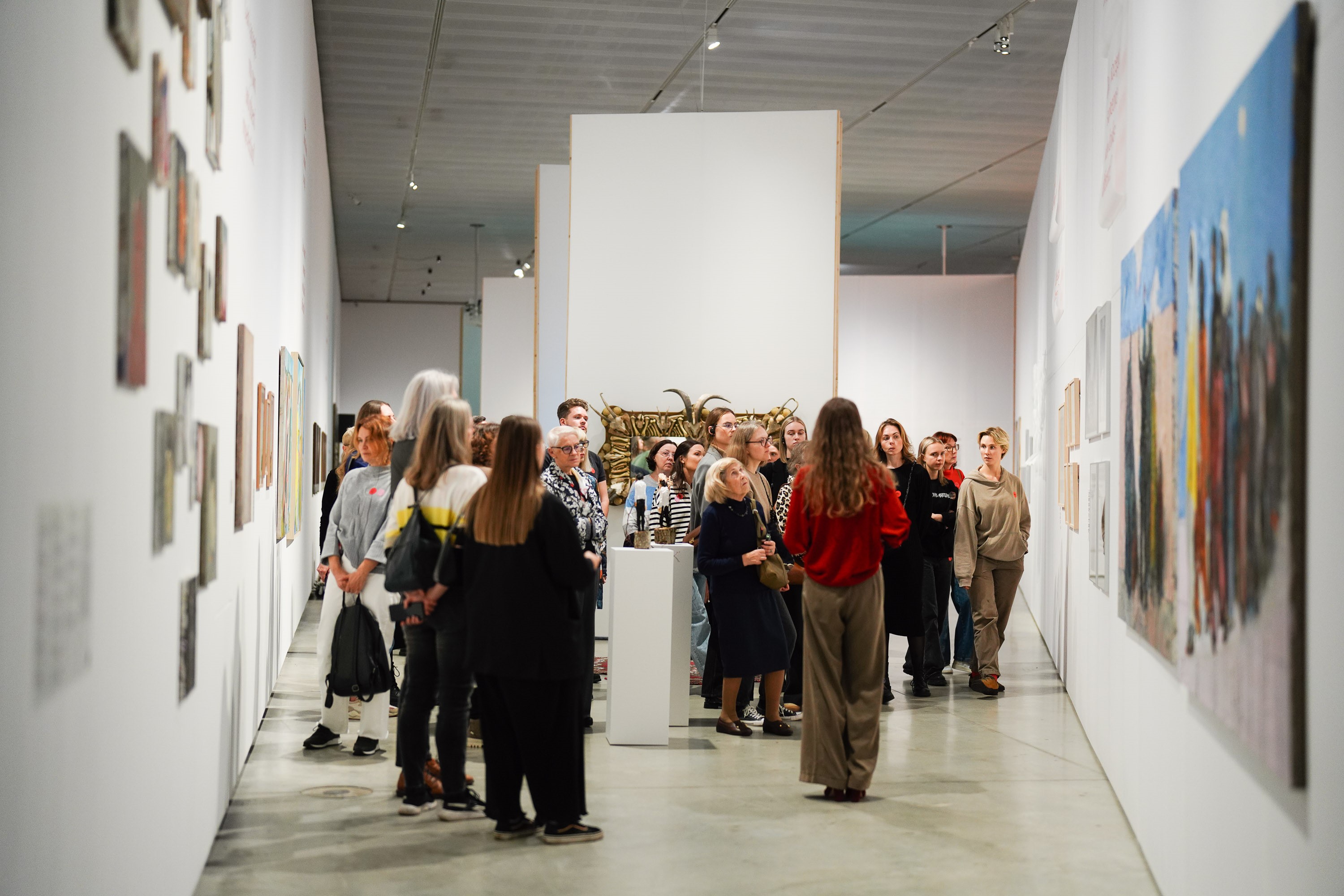 Exhibition “From Within”. Photo credit: MO museum
Exhibition “From Within”. Photo credit: MO museum
After examining the respondent replies, the researchers were amazed to note that after visiting the exhibition, as many as one fifth of people noticed a substantial change in their thoughts and emotional state. Most often, the respondents indicated that they felt more relaxed, at peace and thoughtful after the exhibition. “When compiling the questionnaire, we included the questions for visitors to access their feeling upon arrival and on departure from the exhibition. Since the exhibition was deep and therapeutic in nature, and the visions and questions on the walls were of an existential nature, we believed that the majority of visitors would note a deterioration of their feelings after the exhibition – that they would leave the exhibition carrying a certain additional load and need to rethink the materials seen and heard and perhaps purge these feelings. We thought that the symbolism witnessed, and the entirety of the exhibition, might aggravate their immediate state after the exhibition. The result, that the impact on their state was, apparently, positive, surprised us – the majority of respondents noted that their state improved”, explained Prof. Lesinskienė, when sharing these unexpected insights.
According to the researchers, the survey determined that after the exhibition, a lot of the visitors felt more at peace, relaxed or more thoughtful. For some, the visit became an experience of self-reflection and emotional opening – the exhibition encouraged them to look into their feelings, accepting and loving themselves more. Only a small number of respondents noted heavier emotions, such as sadness or tension; however, these were related to the deep impact of the exhibition’s content. Interestingly, older visitors felt a greater effect on their thoughts and emotions, rather than physical state. Females referred to this emotional change more often than males. It was also observed that the experience of the visit differed depending on whether they visited the exhibition alone or with others – having company often tended to enhance emotional reactions.
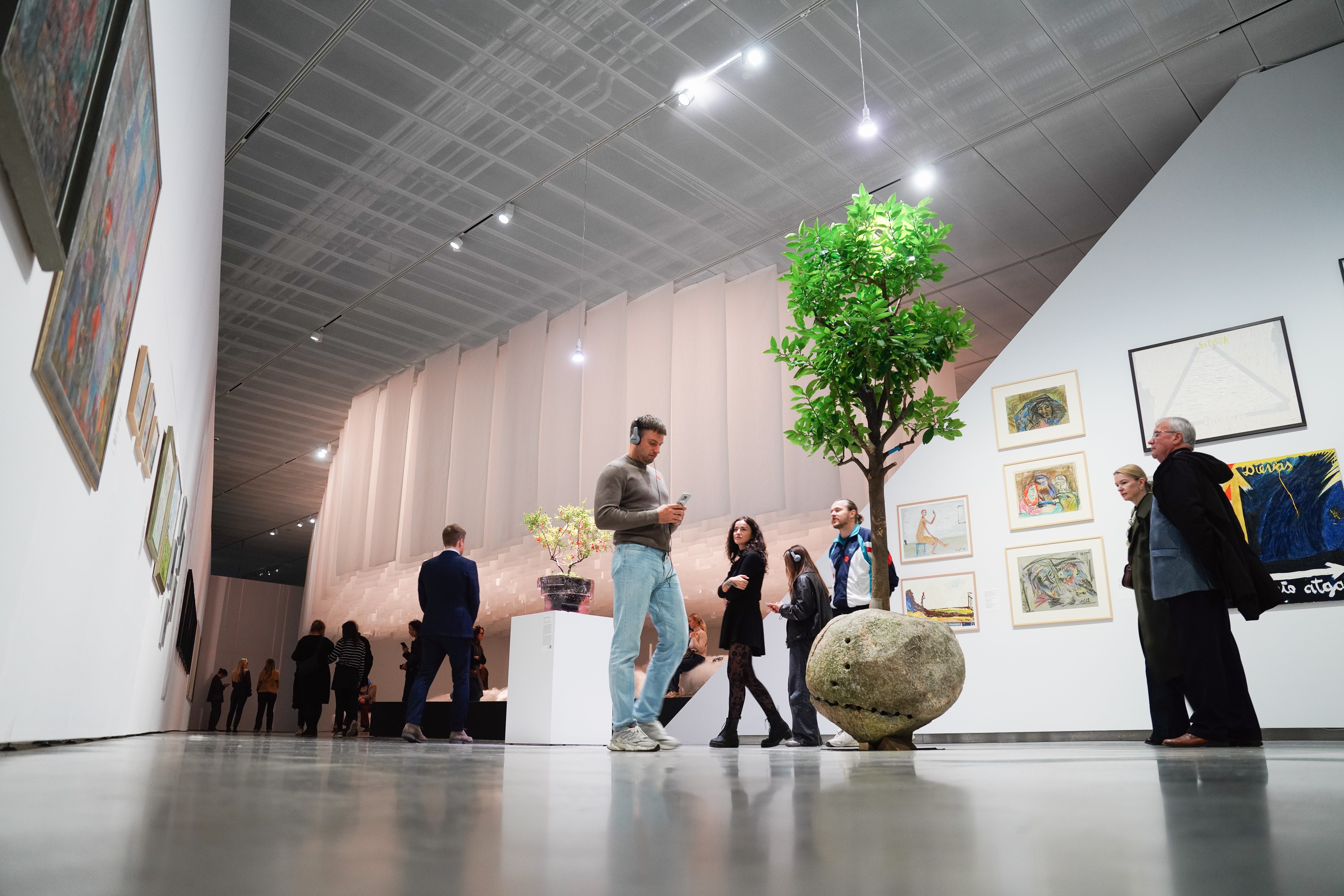 Exhibition “From Within”. Photo credit: MO museum
Exhibition “From Within”. Photo credit: MO museum
The researchers also wanted to find out whether the visitors were able to pause and spend some time thinking over their reaction to items or questions raised at the exhibition while they were walking around. Most of the visitors indicated that they had the chance and were capable of doing that, whereas a small number noted that they could not spare the time or find peace due to the fast pace of the guided tour or the large numbers of people around. Finally, the respondents were asked if they discovered anything new about themselves. The answers to this open question varied: some people realised they had issues with perceived body image or self-esteem, whereas others mentioned that they realised they had anger issues, felt shame, or understood what annoyed and disturbed them. Moreover, some pondered the idea that it was not scary to be alone or that death was a familiar topic. A number of people ultimately realised they needed more support and help and that they probably did not sufficiently appreciate what they had. On the wall, at the end of the exhibition, the only quote from C. G. Jung was displayed, and was often photographed by visitors: “Meaning makes a great many things endurable – perhaps everything.”
According to the Head of the MO Museum, Milda Ivanauskienė, when expanding on the particularly important subject of emotional health and creating the exhibition ‘From Within’, they also drew on the research carried out by the World Health Organisation that concluded museums serve as a safe place, enabling us to retreat from our trivial rounds, encouraging reflexion, reducing our sense of loneliness and bringing happiness. “The preventive effect of art has not yet been fully utilised or realised in society. As a result, we aimed to disclose this even better through the exhibition. We are glad that cooperation with the research team from the VU Faculty of Medicine allowed us to gain a particularly broad understanding of the effect the exhibition was having on our visitors. While it was running, we received numerous honest and personal comments about the strong emotional effect visitors experienced – they told us that they came to the exhibition carrying complicated thoughts or feelings and left with new insights and their emotional condition reframed. This was also confirmed by respondents suggesting that art helped people approach the most sensitive subjects, from self-esteem and relationships to loneliness or even death. Such discoveries confirm our course: the museum can be a space in which we look at art and discover emotional equilibrium and deeper self-reflection,” she said.
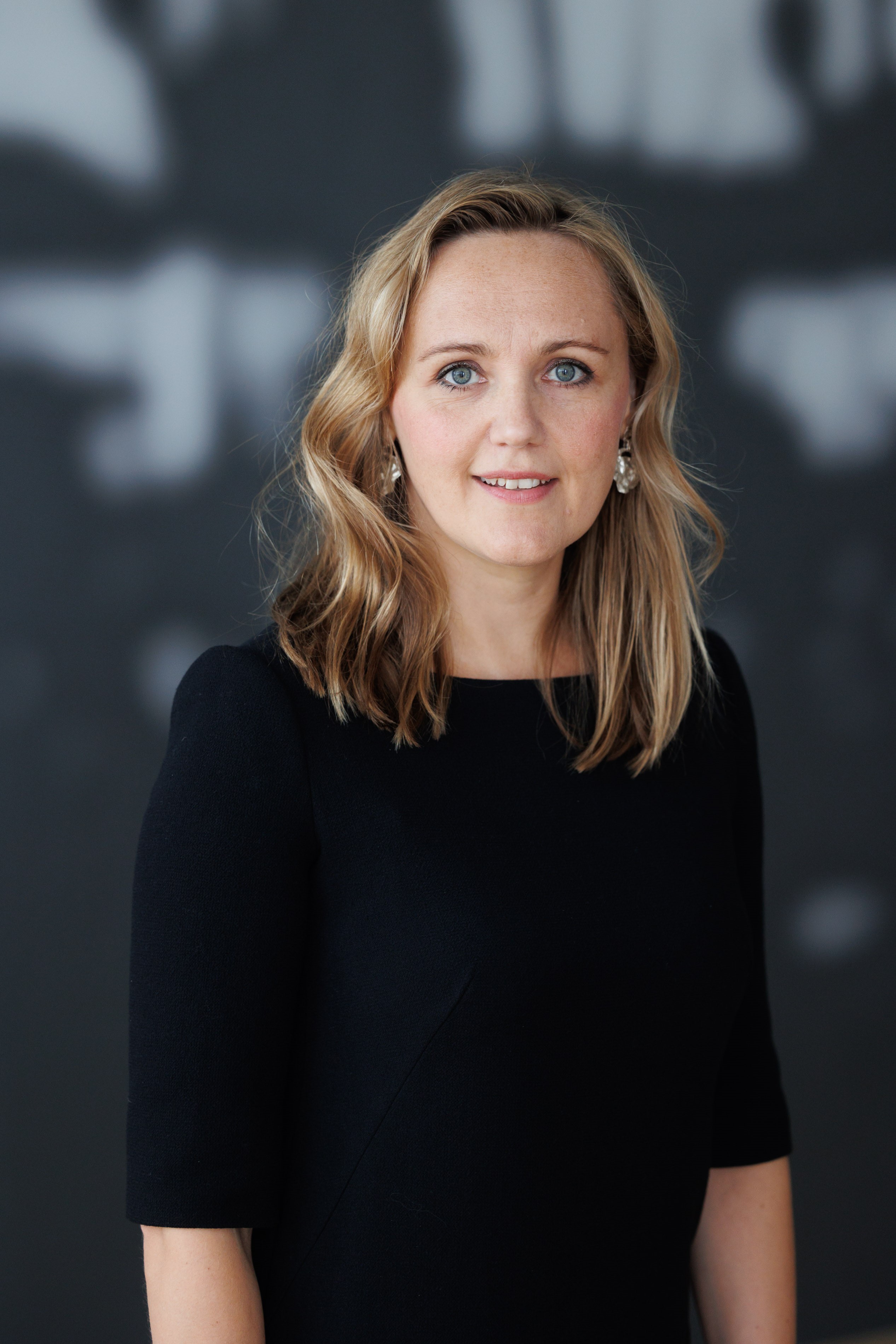 Milda Ivanauskienė. Photo credit: MO museum
Milda Ivanauskienė. Photo credit: MO museum
As the exhibition came to an end, both the researchers and the curator team of the MO Museum, were left assured of the relevance of their vision: art spaces and museums represent a great space for feeling and thinking, improving mental health, developing the freedom to have deeper and more diverse feelings, to communicate, and of course, explore. “It was a fun and meaningful cooperation between the Faculty of Medicine and the MO Museum while organising and conducting the survey. Art and medicine have much in common and, if medicine was to approach art and if art was to approach medicine, changes that are currently very necessary for our society should be able to take place.,” Prof. Lesinskienė concluded, “The exhibition, “From Within” was a successful attempt to combine the therapeutic effects of art through painting while raising existential questions of the quest for the meaning in life.” Data obtained from the survey will significantly contribute to the research conducted by the VU Faculty of Medicine. Based upon it, scientific publications are planned. According to Ivanauskienė, this project – the first cooperation of its kind at the museum – allowed the value of partnerships between art and science to be established. In the future, we can expect more opportunities to build upon it.